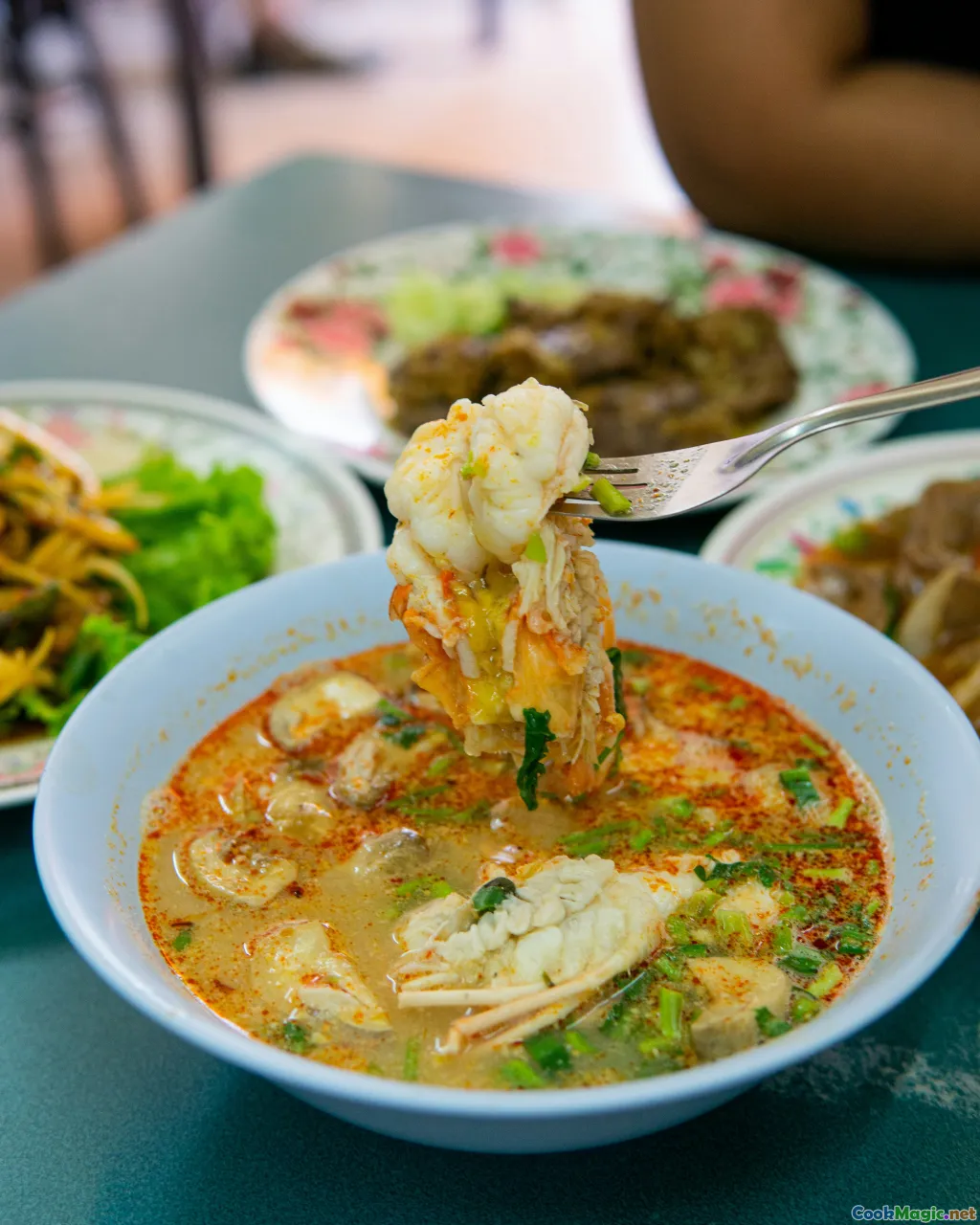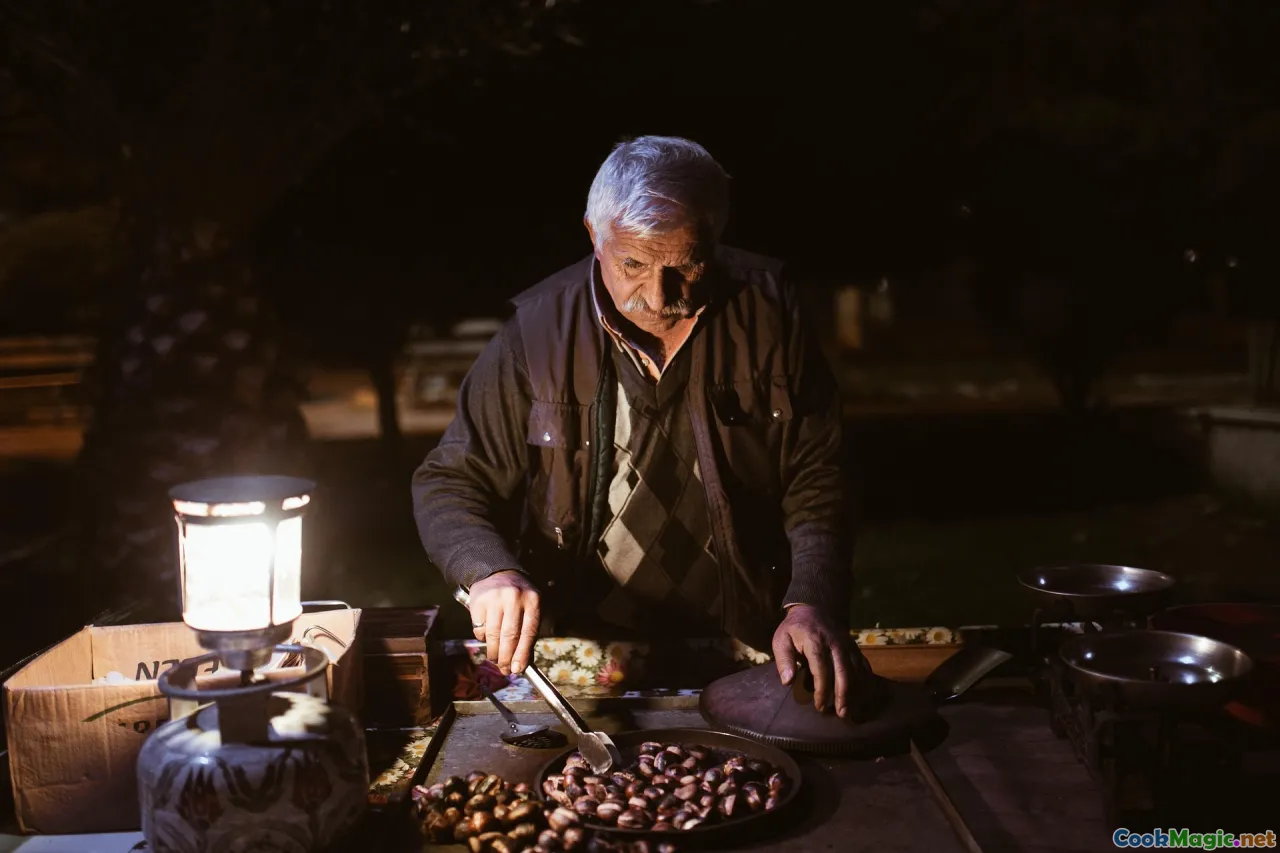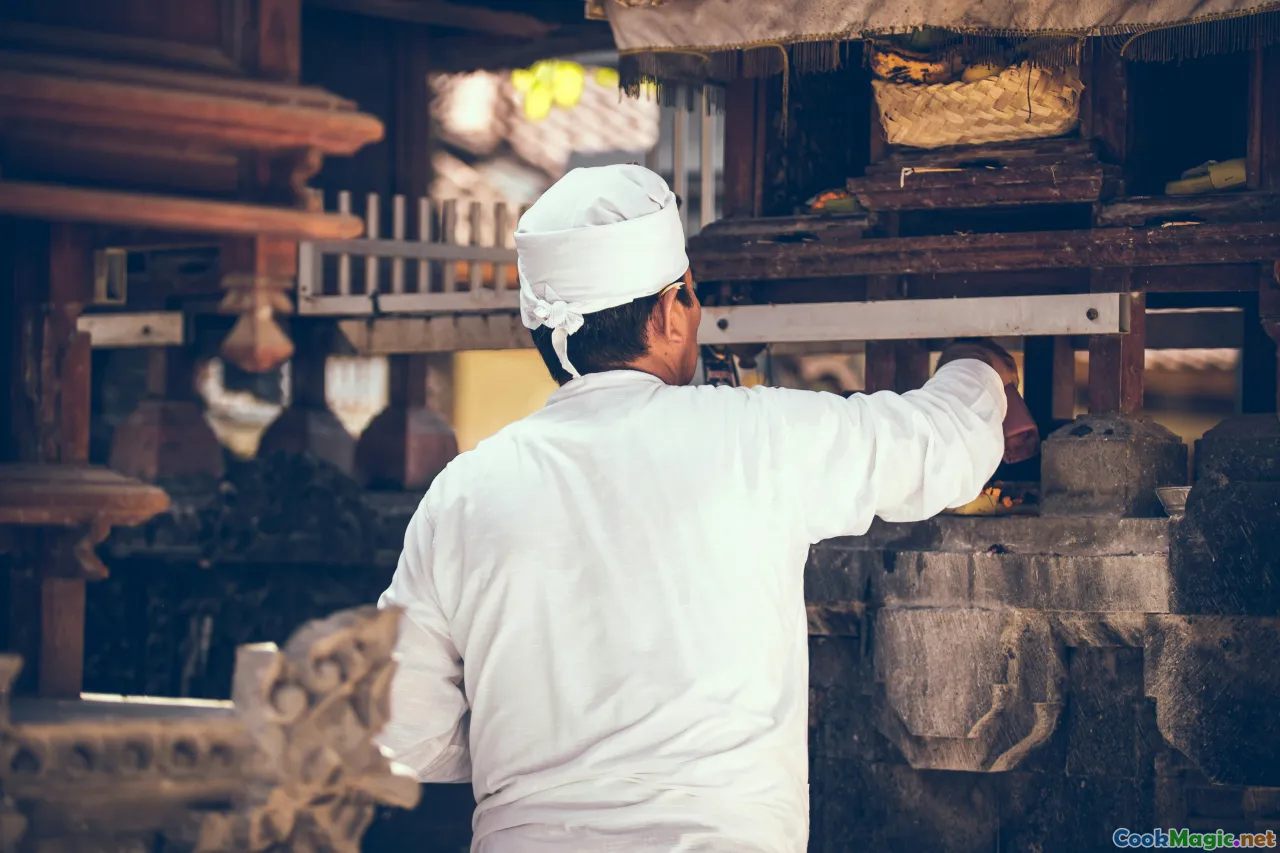Regional Variations in Northern and Southern Thai Food
10 min read Explore the distinctive culinary traditions and flavors that define Northern and Southern Thai cuisines, highlighting regional ingredients and cooking styles. September 29, 2025 12:05
Journey Through Thailand's Diverse Culinary Landscape: Northern vs. Southern Food
Thailand is a land of rich cultural tapestry and diverse landscapes, and nowhere is this more evident than on the plate. From the lush highlands of the North to the sun-drenched coasts of the South, regional flavors and ingredients shape uniquely vibrant culinary identities. Every dish tells a story—anchored in centuries-old traditions, local ecology, and the daily rhythms of life. Embark with me on a sensory exploration of these two distinctive culinary worlds, uncovering the nuances, whispers of history, and local soul embedded in regional Thai cuisine.

Northern Thai Cuisine: The Mountain Flavors and Rustic Charm
North Thailand's cuisine, often called Lanna cuisine, is characterized by its earthy, fresh, and herbaceous sensibility. Set against the backdrop of misty mountains, ancient temples, and traditional hill tribes, Northern Thai food speaks to a slow, intimate relationship with nature.
Core Ingredients and Flavors
This region's signature dishes are defined by native herbs and ingredients like fermented fish(pla ra),lime leaves, galangal, kaffir lime, dried chili, and bitter herbs. Mushrooms, mountain herbs, and sticky rice serve as staples, creating dishes that are fragrant, savory, and often with a hint of bitterness.
Iconic Dishes
- Khao Soi: A creamy, curry-based noodle soup that beautifully marries smoky, tangy, and spicy flavors. The coconut milk and turmeric create a velvety broth, while pickled mustard greens and shallots add counterpoints in texture.
- Nam Prik Noom: A roasted green chili dip, bursting with smoky chili aroma, served alongside fresh vegetables and sticky rice—perfect for a communal snack.
- Gaang Hung Lay: A slow-cooked pork belly stew with turmeric and ginger, aromatic and tender, echoing the hill tribes' penchant for hearty, warming dishes.
The Cultural Soul
Northern cuisine celebrates coexistence with nature. Many dishes incorporate foraged ingredients, like wild herbs and mushrooms, emphasizing a rustic simplicity. Street markets in Chiang Mai, Pai, or Chiang Rai exude authenticity, offering spicy salads, grilled skewers, and sticky rice wrapped in bamboo, evoking a sense of local pride and tradition.

Southern Thai Cuisine: The Coastal Carnival of Flavors
In contrast, Southern Thailand’s cuisine is a vibrant, fiery, and aromatic symphony, inspired by the sea and tropical climate. From the bustling markets of Phuket to quiet fishing villages along the Andaman and Gulf coasts, flavors are bold, bright, and often infused with coconut and curry.
Key Ingredients and Flavors
Coconut milk, fresh seafood, turmeric, bird’s eye chili, lemongrass, and kaffir lime dominate Southern dishes. The use of intense spices and herbs creates a soaring palate where heat, sourness, and sweetness coexist.
Popular Dishes
- Massaman Curry: An aromatic, rich curry with tender chunks of beef or chicken, potatoes, roasted peanuts, and a blend of warm spices. The gentle sweetness and umami depth reflect Persian and Indian influences.
- Tom Yum Goong: The legendary hot and sour shrimp soup, with fragrant lemongrass, galangal, lime juice, and fiery chilies, delivering a perfect balance of tang and spice.
- Stir-fried Crab with Curry Powder: A fiery, flavorful dish emphasizing fresh crab massaged with yellow curry powder and fresh herbs—a celebration of the sea.
Coastal Culinary Traditions
Southern cuisine is deeply rooted in maritime culture. Seafood is king—grilled fish, steamed crabs, and shrimp dishes feature prominently. Coconut-based dishes are abundant, creating a rich, luscious texture that complements the region’s bustling street markets and seaside eateries. The annual Phuket Vegetarian Festival showcases the daring use of ingredients in ritualistic, spicy offerings that are both visually striking and intensively flavorful.

Comparing Techniques and Philosophy
The morphology of Northern and Southern cuisines reveals contrasting philosophies:
- Northern Thai food is about preservation—slow-cooked stews and dried herbs highlight long-standing traditions of resourcefulness.
- Southern Thai food champions flamboyance—bold spicing, fresh seafood, and coconut-infused dishes reflect proximity to the ocean and a culturally expressive palate.
Whereas the North often employs fermentation and drying for flavor depth, the South emphasizes fresh ingredients and fiery heat to excite the senses. Both, however, honor their local environment and cultural identity.

Personal Insights: Embracing Regional Diversity
Having explored Thai cuisine intimately, I find that Northern dishes comfort the soul with their rustic, hearty profiles—a bowl of Khao Soi in Chiang Mai can evoke warmth on a chilly mountain evening, enveloped in the aroma of turmeric and roasted garlic.
Southern dishes, by contrast, energize with their vibrant and fiery character. Sharing a plate of bung (barbecued seafood) by a beachside stall as the sunset colours the sky feels like an immersion into the lively spirit of the coast—an intoxicating aroma of grilled fish mingling with tropical breezes.
The regional variations also reflect cultural histories—Northern Thailand's old kingdoms and hill tribes preserving traditions through slow foods, while the thriving trade routes of the South, influenced by Indian, Malay, and Chinese cultures, fostered spice-laden, aromatic dishes.
Tips for Culinary Enthusiasts
- When exploring Northern dishes, seek out traditional markets and family-run eateries. Try dishes like Khao Soi and Nam Prik Noom to experience the authentic rustic flavors.
- In the South, look for dishes that showcase fresh seafood and coconut milk—grilled seafood skewers and curries are local staples. Street stalls and seaside restaurants often serve some of the most vibrant flavors.
- Practice balancing flavors—Northern cuisine leans toward herbal and earthy, while Southern food demands respect for heat and coconut richness.
- Don’t shy away from spice; Thai cuisine is a tapestry of heat, sourness, sweetness, and saltiness, each dish balancing these elements tastefully.
- Consider age-old methods like fermenting fish in the North or stir-frying with intense curry pastes in the South to appreciate the skill and patience behind each dish.
A Closing Reflection
In exploring Thailand’s regional culinary tapestries, I am endlessly reminded that food is both a mirror and a window—a reflection of local history, geography, and spirituality, and a portal to shared human experience. Whether the cool, herbaceous notes of Northern Thailand or the fiery, coconut-laced vibrancy of the South, each dish invites us to taste the soul of this enchanting land. To truly savor Thai cuisine, one must embrace its diversity—relishing the rustic mountain fare and the lively coastal specialties—each offering a distinct yet harmonious story waiting to be savored, shared, and remembered.
Thai cuisine isn’t just about taste; it’s about identity, connection, and celebration. So, bring your curiosity and appetite—your culinary adventure in Thailand awaits, bursting across the palate with flavors as diverse as the land itself.









